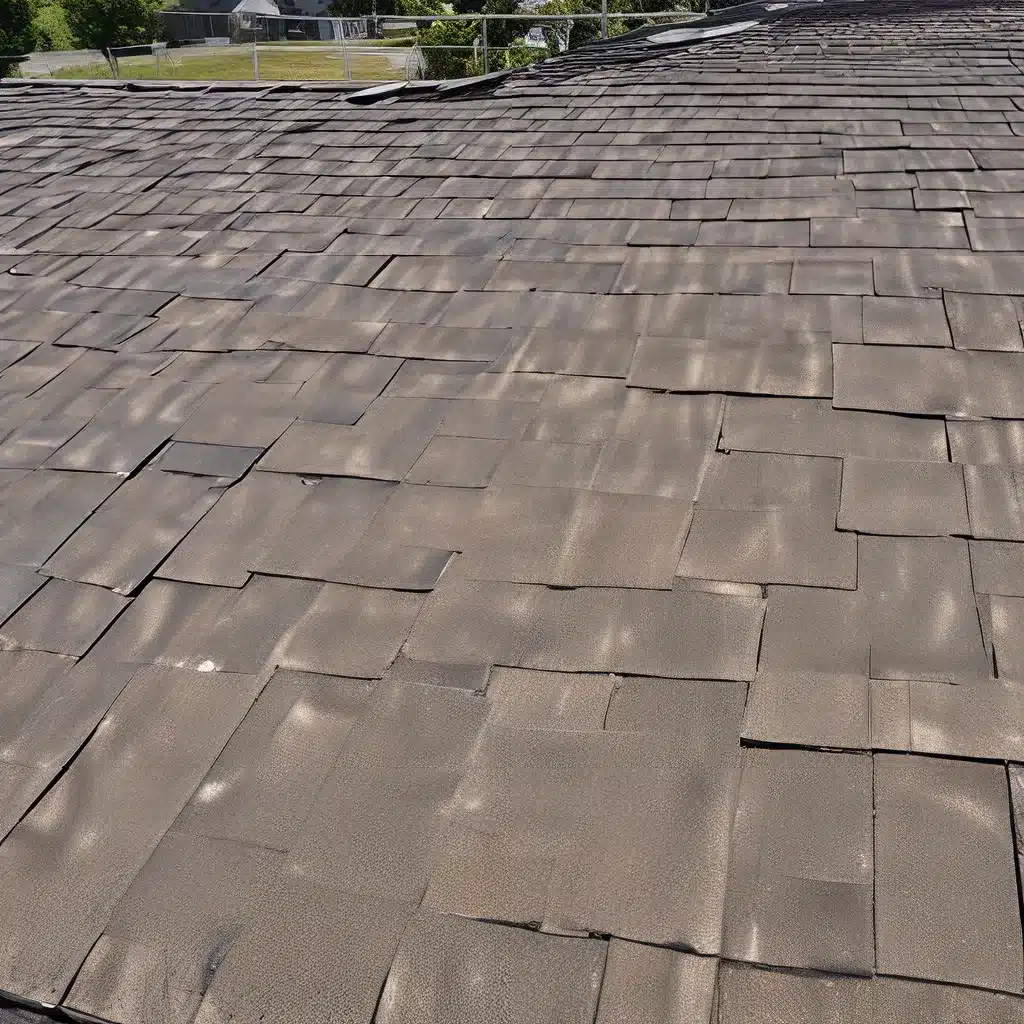
As a homeowner, I’ve always been fascinated by the idea of making my home more sustainable and energy-efficient. Lately, I’ve been particularly intrigued by the concept of eco-friendly roofing, and I’m excited to share what I’ve learned with you.
The Importance of Upgrading Your Roof
Let’s face it, our roofs play a crucial role in the overall performance and longevity of our homes. They protect us from the elements, regulate our indoor temperatures, and even contribute to the aesthetic appeal of our properties. But as technology advances and our understanding of sustainability evolves, it’s become clear that traditional roofing materials and methods may no longer be the best solutions for the future.
That’s where retrofitting comes into play. By upgrading our roofs to more eco-friendly options, we can not only improve the energy efficiency of our homes but also reduce our environmental impact and potentially save money in the long run. It’s a win-win situation, and I’m eager to dive deeper into the details.
Exploring the Benefits of Eco-Friendly Roofing
One of the primary advantages of eco-friendly roofing is its potential to significantly reduce our energy consumption. By incorporating materials with higher insulation values and reflective properties, we can better regulate the temperature inside our homes, leading to decreased reliance on heating and cooling systems. This, in turn, can translate to lower utility bills and a smaller carbon footprint.
But the benefits don’t stop there. Eco-friendly roofing solutions often have a longer lifespan compared to traditional options, which means less frequent replacements and less waste ending up in landfills. Some materials, like metal or tiles, can even be recycled at the end of their useful life, further contributing to a more sustainable approach.
Overcoming the Challenges of Eco-Friendly Retrofitting
Of course, as with any home improvement project, there are some challenges to consider when it comes to eco-friendly roofing retrofits. The initial cost of upgrading can be higher than a standard roofing replacement, and homeowners may need to navigate the complexities of finding qualified contractors who understand the nuances of these specialized systems.
Additionally, the performance of an eco-friendly roof can be significantly impacted by the existing building envelope and ventilation system. As I learned from my own experience, a seemingly simple window replacement can have unintended consequences on the overall home performance, leading to moisture buildup and other issues.
Navigating the Eco-Friendly Roofing Options
With all of this in mind, let’s explore some of the most promising eco-friendly roofing options available:
Metal Roofing: Metal is a popular choice for its durability, longevity, and energy-efficient properties. Metal roofs can reflect a significant amount of solar radiation, helping to reduce the heat load on the home and decrease cooling costs. They’re also highly recyclable at the end of their lifespan.
Solar Roofing: Integrating solar panels into the roof design is a fantastic way to generate renewable energy right from your own home. These systems not only provide clean power but can also contribute to the overall insulation and thermal performance of the roof assembly.
Cool Roofs: Regardless of the material, a “cool roof” is designed to reflect more sunlight and absorb less heat than a standard roof. This can be achieved through the use of light-colored or highly reflective coatings, which can significantly reduce the amount of heat transferred into the home.
Green Roofs: For those with the space and inclination, a green roof (also known as a living roof) can be a wonderful eco-friendly option. These roofs incorporate a layer of vegetation, which can help to insulate the home, reduce stormwater runoff, and even provide habitat for local wildlife.
Preparing for a Successful Eco-Friendly Roofing Retrofit
As I’ve learned, the key to a successful eco-friendly roofing retrofit is to approach it with a comprehensive, systems-based mindset. It’s not just about swapping out the roofing material; it’s about evaluating the entire building envelope and ensuring that all the components work together harmoniously.
This means working with experienced contractors who understand building science and can provide guidance on the most appropriate solutions for your home. It may also involve making additional upgrades, such as improving insulation, sealing air leaks, or upgrading the HVAC system, to maximize the benefits of the eco-friendly roofing retrofit.
The Future of Eco-Friendly Roofing
As we look to the future, I’m excited to see how the world of eco-friendly roofing continues to evolve. Ongoing research and innovation in materials, design, and installation methods are likely to make these solutions more accessible and effective for homeowners like myself.
Southern Roofing Company has been at the forefront of this movement, providing expertise and guidance to homeowners who are eager to upgrade to eco-friendly roofing. By partnering with trusted local contractors, they can help ensure that your retrofit project is a success, from start to finish.
So, if you’re like me and you’re ready to take the leap into a more sustainable future, I encourage you to explore the world of eco-friendly roofing. It may just be the key to unlocking a more energy-efficient, environmentally-conscious, and cost-effective home for years to come.